The Timeless Appeal of Art Prints Vintage: A Comprehensive Guide
Vintage art prints are old-style artworks that people still love today. They are more than just a decoration; they bring stories, beauty, and timeless charm to any room. These prints come in many styles, and many people use them to decorate their room or house and bring an elegant feel.
Whether you are an art lover or want to decorate your wall, these arts can make the home feel warmer and more personal. In this article, we will dive deep into what vintage art prints are, their history, and how you can display them in your space.
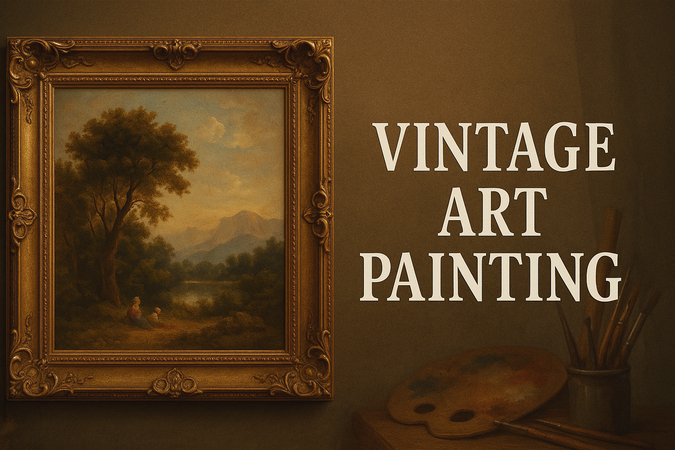
Part 1: The History of Vintage Art Prints
1. Origins and Definition of Vintage Art Prints
Vintage art prints typically refer to the artworks that were created from the late 1800s to the mid-1900s. These artwork pieces encompass various artistic expressions and are created using traditional printing methods such as carving images into wood or metal and then printing them on paper. While vintage art is not bound by a single style or movement, it is typically distinguished by its connection to the aesthetic and cultural values of the period in which it was created.
Even though we now live in a digital age, people still value these handcrafted prints for their detail and character. No matter whether they reflect a romantic, aesthetic, modern, or experimental approach, they serve as a window into the past, showing us the cultural values and how people expressed the world around them.
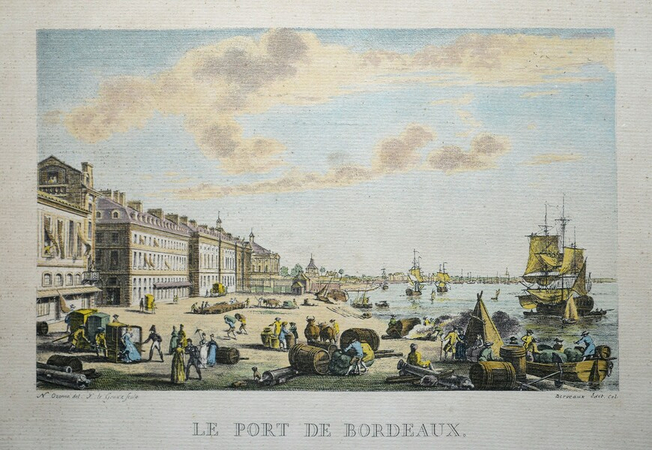
2. Evolution of Techniques in Vintage Art
With time, art printing techniques have changed a lot. In the early days, artists used woodblock printing and engraving. Although these techniques were time-consuming, the results were rich in texture and detail. However, as time passed, more advanced techniques came into play, such as:
- Lithography: Lithography uses oil and water to transfer images. It became popular in the 19th century for posters and advertisements.
- Screen Printing: Screen printing was quite common in the 20th century. It was popular because of its bold colors and smooth finishes.
- Etching and Aquatint: Etching and aquatint gave artists more flexibility in shading and tone. Etching involves using acid to bite lines into a metal plate, while in aquatint, artists used to create tonal effects on the plate using resin and acid.
As techniques evolved, artists were able to express more complex ideas and emotions in their work. That's why vintage art prints are still loved by people across the globe.
3. Notable Artists and Movements
Some of the most well-known artists and influential art movements that played a major role in shaping vintage print art:
Henri de Toulouse-Lautrec (1864-1901)
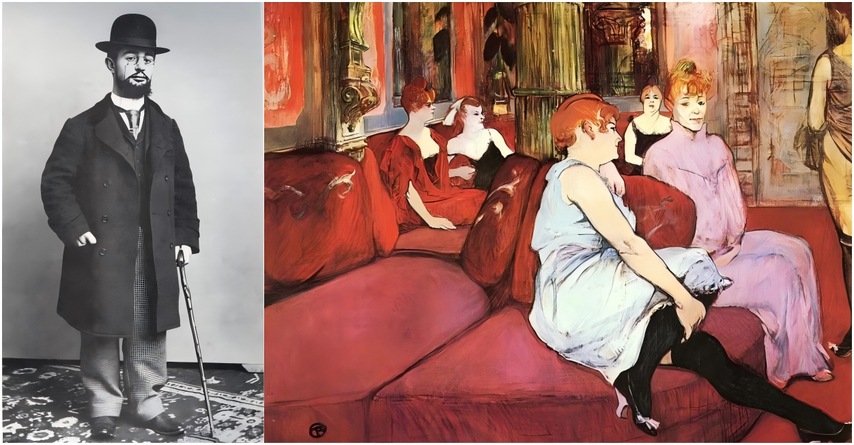
Henri de Toulouse-Lautrec was a French painter and illustrator famous for his colourful lithographs of Paris nightlife. He was a leading figure in late 19th-century Paris. With his colorful lithographic posters, he captured the vibrant spirit of Montmartre's cabarets, dancers, and nightlife, including iconic works like Moulin Rouge: La Goulue.
Alphonse Mucha (1860-1939)
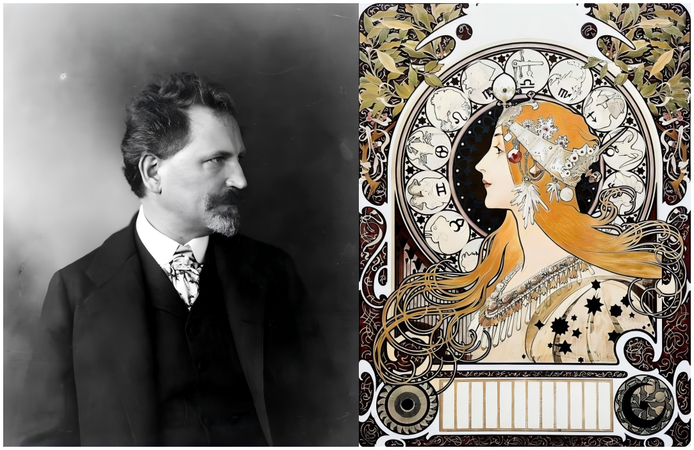
Known for decorative prints with flowing lines and soft colors, Alphonse Mucha is a key figure in the Art Nouveau movement. Mucha produced flowing lines, floral patterns, book illustrations, theater sets, and idealized female figures. His posters, particularly those advertising plays, products, and exhibitions, such as his famous work for actress Sarah Bernhardt, became timeless symbols of beauty and style in the early 20th century.
Andy Warhol (1928-1987)
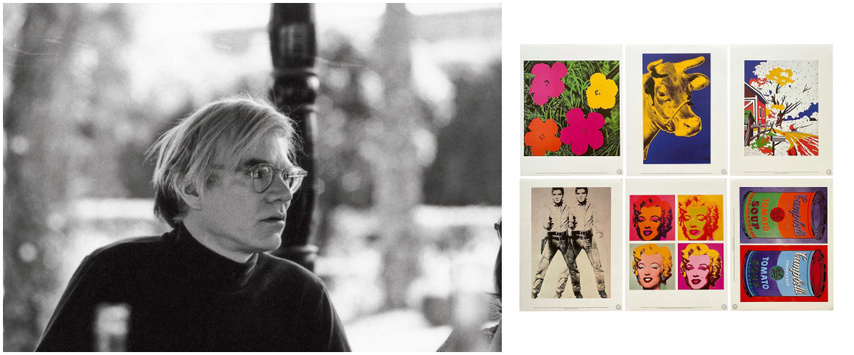
Though much more modern, Andy Warhol's work had a significant impact on reviving traditional printmaking techniques like screen printing. As a leader of the Pop Art movement, he used bold colors and repeated imagery to turn everyday consumer products and celebrities into iconic art.
Part 2: Types of Vintage Art Prints
1. Vintage Black and White Art Prints
Vintage black and white art prints stand out because of their simple and striking nature. Often created using black ink on white paper, these art prints focus on line, form, and contrast. They are perfect for minimalist spaces or classic interiors. Popular themes include cityscapes, old architecture, and historical portraits.
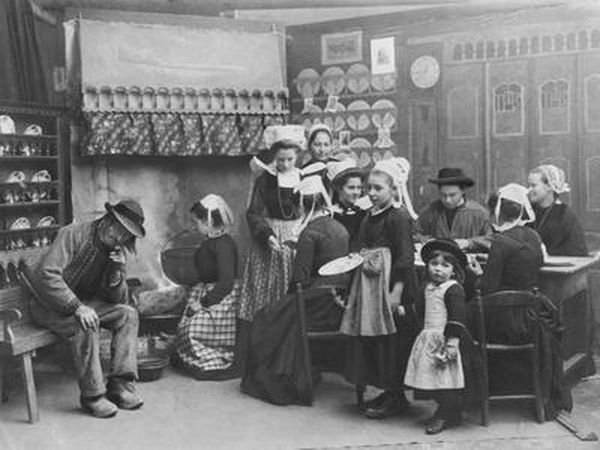
2. Colorful Art Vintage Prints
Colorful art vintage prints are bright and full of life. This art was popular during the mid-20th century, often featuring things such as travel posters, floral arrangements, or everyday scenes. Their bold color brings a cheerful vibe to any room and often reflects the style of the era they were made in.
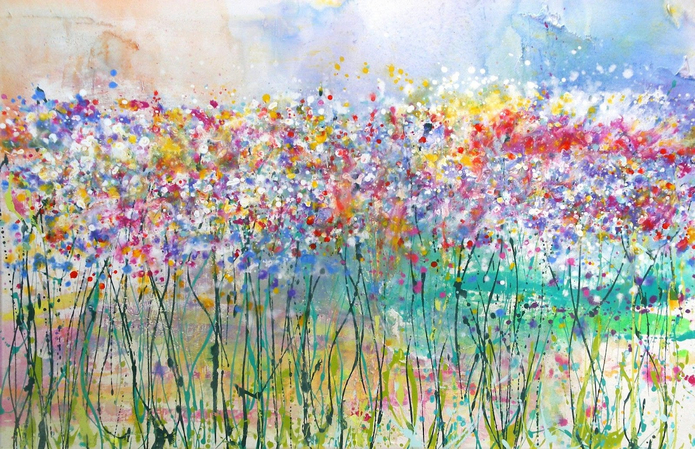
3. Lithographs vs. Screen Prints
If you are an art lover and love collecting vintage art, understanding the difference between lithographs and screen prints is important.
- Lithographs: Lithographs are made using stone or metal plates and are known for their smooth texture and subtle detail.
- Screen Prints: Screenprints, on the other hand, use a mesh screen and stencils; they are great for vibrant, layered colors.
Both have their own unique style and charm. Lithographs feel more delicate, while screen prints are bold and more eye-catching.
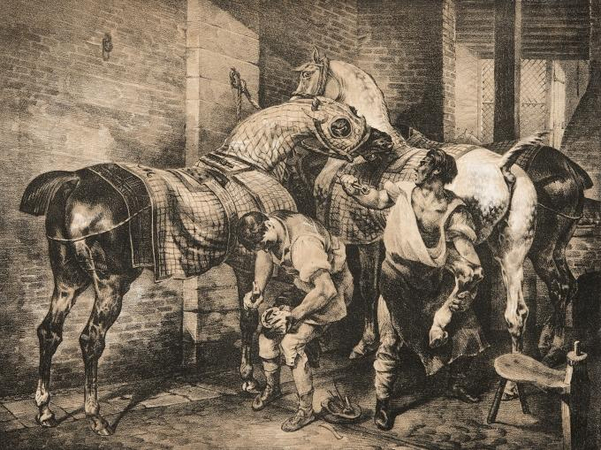
4. Nature & Landscapes Prints
In vintage art style, the nature scenes, mountains, forests, and countryside prints were extremely popular. The reason behind their widespread popularity was their sense of peace and nostalgia. Many were printed in calming earth tones or black and white, and this makes them easy to blend with modern décor.
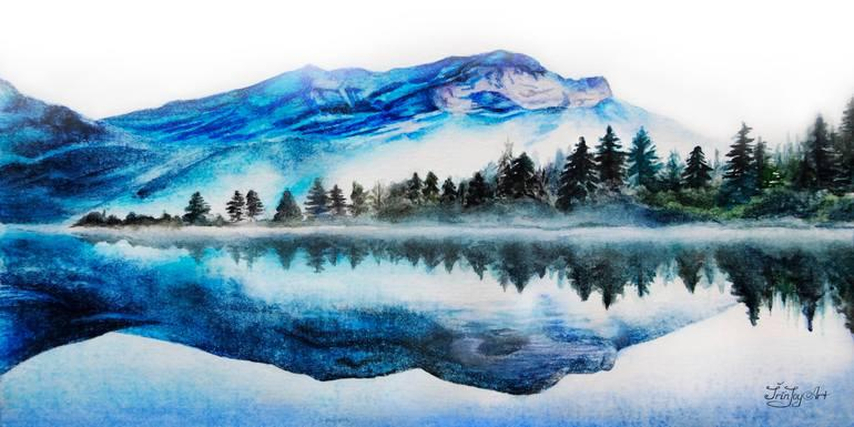
5. Portraits & Figures Art Prints
There's something timeless about portraits. People have always loved portraits as they reveal emotion, identity, and even the spirit of an entire era. Vintage art print portraits often feature well-known figures, mysterious faces, or expressive characters. These works give us a glimpse into fashion, emotions, and culture from another time.
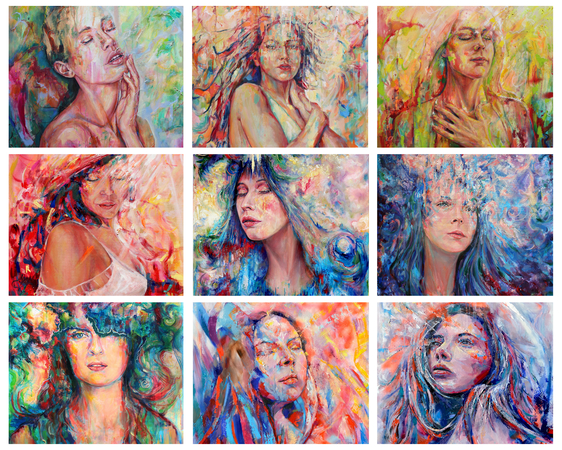
6. Abstract & Surrealism Vintage Art
For those who enjoy something unique, abstract, and surreal, vintage prints offer a lot to explore. These styles became popular in the early-to-mid 20th century, with dreamlike scenes, bold shapes, and unexpected color combinations. They challenge the viewer and often become great conversation starters.
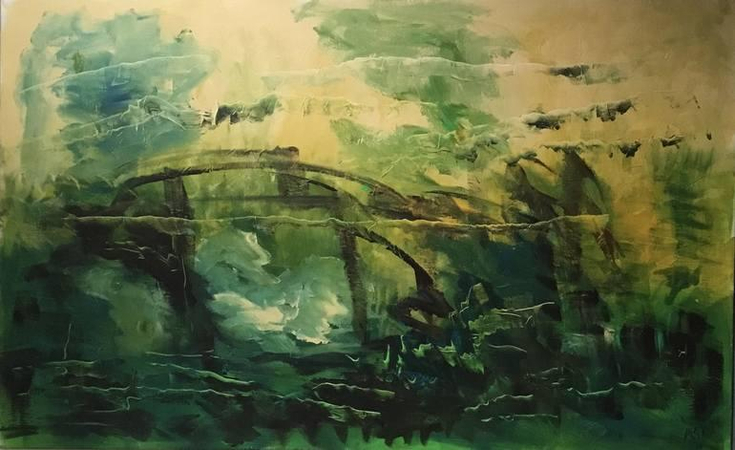
Part 3: Bonus Tip: Restoring Old Art Portraits with HitPaw FotorPea
With time, vintage art can start to fade, crack, or pick up stains that dull their original charm. But that doesn't mean they're lost forever! Luckily, with the help of modern tools like HitPaw FotorPea, you can bring these beautiful pieces back to life.
HitPaw PhotoPea for photo restoration is powerful photo editing software that excels in restoring old artwork. Whether you want to fix faded color, remove scratches, or sharpen the details, this tool can repair it with amazing accuracy.
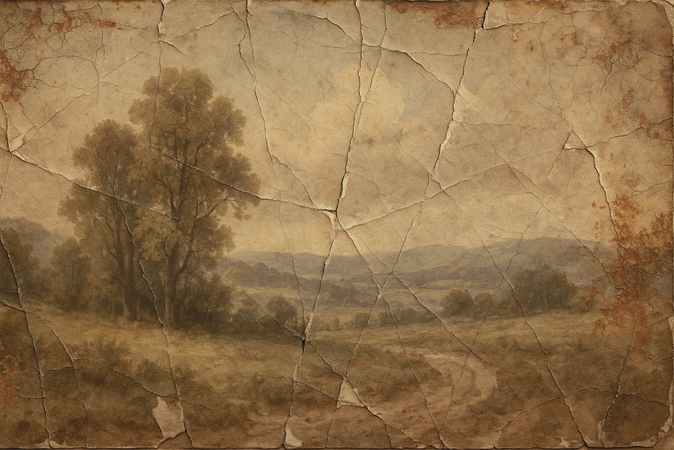
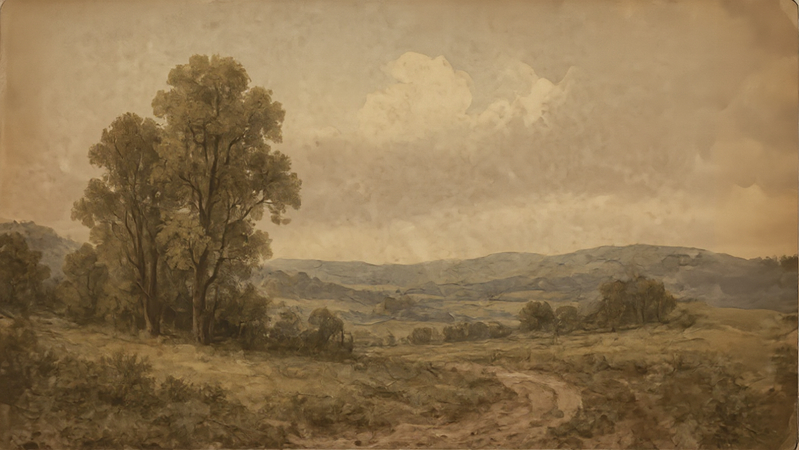
Benefits of Using HitPaw PhotoPea:
HitPaw FotorPea - All-in-one Photo Editing Tool for Win & Mac
Secure Verified. 212,820 people have downloaded it.
- Detects and improvesvintage art image quality automatically
- Turn black and white art print to colorful painting
- Remove scratches from damaged art pints
- High-quality outputfor displaying vintage art print
Secure Verified. 212,820 people have downloaded it.
Steps to Restore an Old Art Portrait Using HitPaw PhotoPea:
Step 1:over to the official HitPaw website and download the FotorPea software. Once the file is downloaded, open it and follow the instructions on your screen to install it on your computer.
Step 2:After installing, launch the app. From the main screen, select the "Image Restoration" option to start fixing your vintage art photos.

Step 3:You'll see a few enhancement models to choose from. Pick the one that fits your needs and write a prompt that describes what you want. Then click "Remix" to move forward.

Step 4:Next, switch to the image-to-image option. Now, upload the Vintage art (or any vintage picture) you want to restore.

Step 5:Click on "Generate" and give it a few moments. The AI will analyze the image, detect blur, damage, or aging signs, and then restore it automatically.

Step 6:Once the restoration is complete, you can preview the result. If you're happy with how it looks, simply click the download button to save the restored photo to your computer.

How to Restore Vintage Art Print with AI
Part 4: Best Practices for Displaying Vintage Art Prints
1. Framing Options
The right frame can make or break a vintage print. It is because a good frame doesn't just hold your vintage art; it enhances the look. There, to display your vintage art prints, consider using a frame. Generally, a simple wooden frame works beautifully with black-and-white prints. In contrast, ornate or gilded frames add a classic touch to more formal or Art Deco pieces. However, if you are looking for a clean and modern look, floating frames can be a great choice, as they show off the edges of the print.
2. Arrangement Techniques
There is no specific technique when it comes to hanging the art. Try whatever feels right for your space. Usually, a gallery wall mixing different sizes and styles can create a cozy, curated feel. However, if you prefer structure, a symmetrical layout will add balance and look great in modern or formal rooms. Or, if you have one print that really stands out, let it shine as a single statement piece.
3. Maintaining Vintage Art Prints
Taking care of your vintage prints is just as important as how you display them. To keep your vintage art prints looking great for years, always keep them dry, as moisture can ruin the paper. Besides this, avoid placing them in direct sunlight to prevent fading, and gently dust the frames with a soft, dry cloth. Never use water or sprays near the artwork. And, if you are not displaying your prints, keep them in a dry, acid-free folder.
Conclusion
Vintage art prints are not just random pieces of art; they carry history and cultural and personal expression. From classic black and white to colorful, surreal prints, each piece tells a story and brings a unique elegance and charm to our space.
And when age starts to take its toll on these prints, modern tools like HitPaw FotorPea can make a big difference. Using the HitPaw FotorPea, not only can you help bring vintage art back to life but also preserve it for years to come.














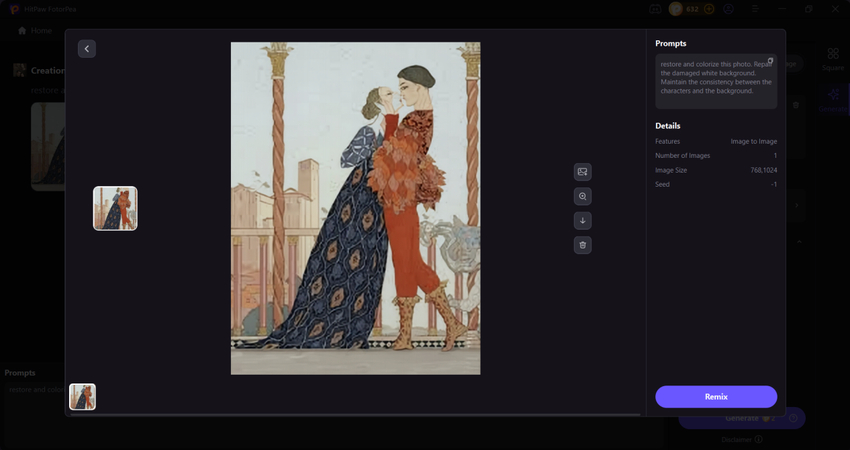

 HitPaw Univd (Video Converter)
HitPaw Univd (Video Converter) HitPaw VoicePea
HitPaw VoicePea  HitPaw VikPea (Video Enhancer)
HitPaw VikPea (Video Enhancer)
![6 Best AI Face Punch Generators on PC & Online [2025 Guide]](https://images.hitpaw.com/topics/ai-video/ai-face-punch-cover.jpg)


Share this article:
Select the product rating:
Daniel Walker
Editor-in-Chief
This post was written by Editor Daniel Walker whose passion lies in bridging the gap between cutting-edge technology and everyday creativity. The content he created inspires the audience to embrace digital tools confidently.
View all ArticlesLeave a Comment
Create your review for HitPaw articles